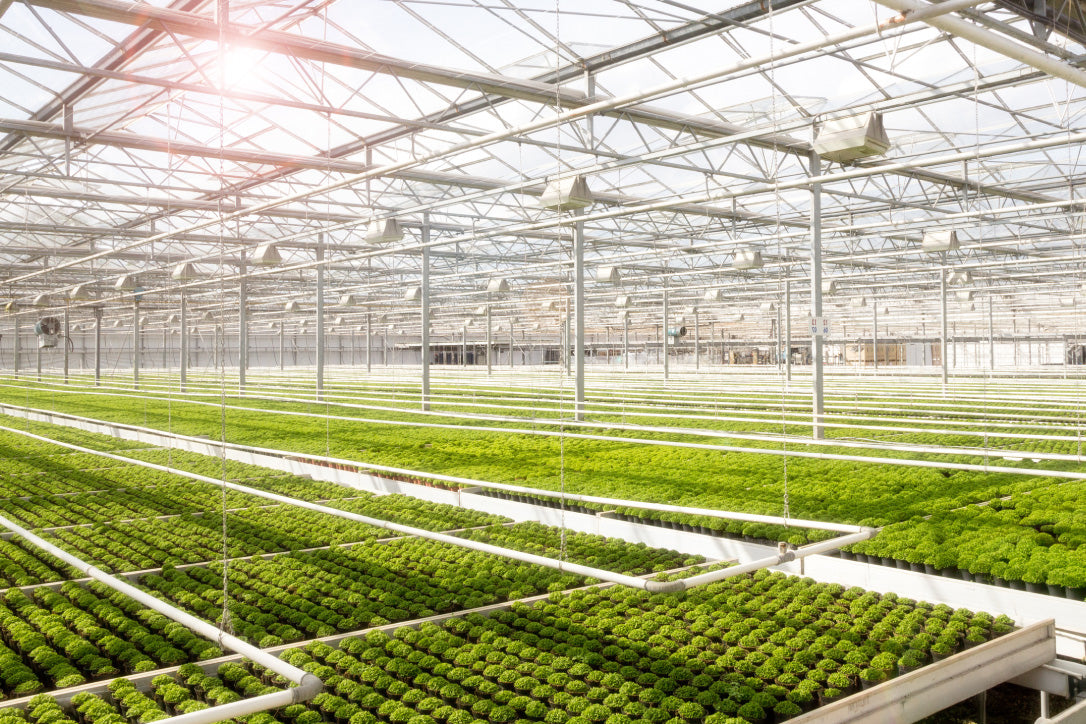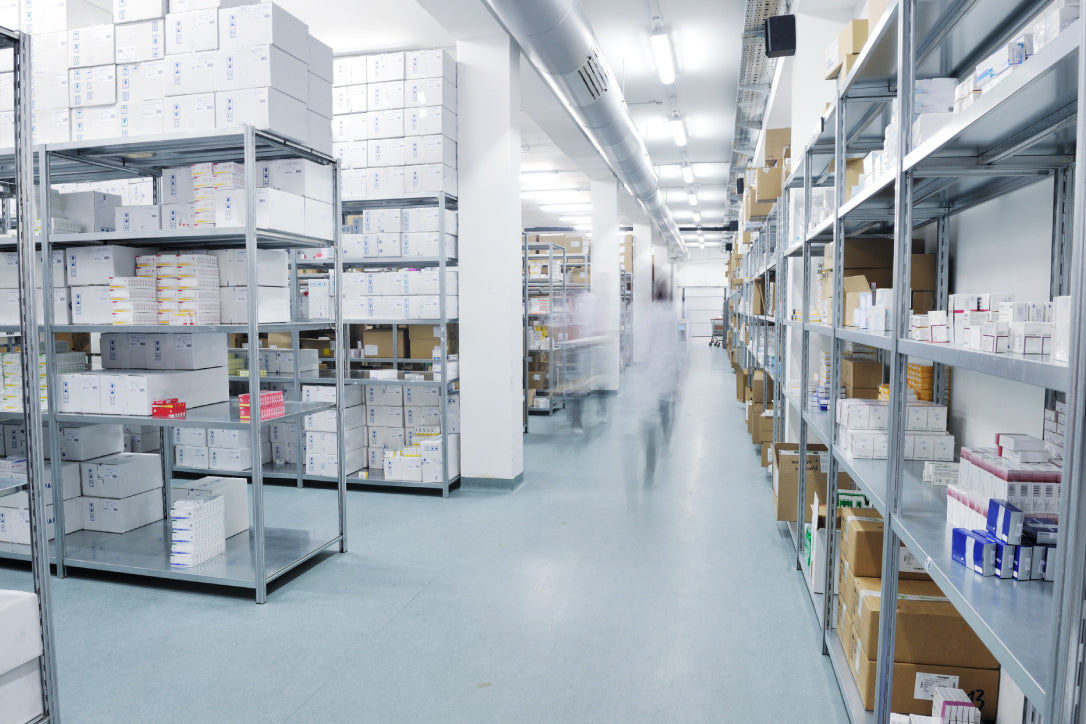Greenhouse Growing
Maintaining the right conditions for plant growth in a greenhouse is crucial. Through the use of wireless sensor networks offered at EUCA, this process becomes streamlined and more efficient. These networks employ various sensors to control and monitor different agricultural needs, offering advantages like low power and resource consumption. Moreover, cloud storage enables continuous monitoring and generation of reports based on historical data.

The greenhouse environment plays a significant role in plant growth and development. Crucial elements like soil temperature and water supply impact crop development and health. Smart devices allow control over these factors, ensuring optimal growing conditions.
The Network
A greenhouse environmental monitoring system involves physical and software layers, along with sensors, which operate using communication protocols such as LoRaWAN, Bluetooth, WiFi, amongst others. These sensors capture essential data and forward it to a central cloud server, making it available to growers on their devices. The network efficiently accumulates data, offering precision control over the greenhouse environment and remote monitoring capabilities. This stored information can be accessed anytime, from anywhere, transforming the way greenhouse conditions are managed.
Air Quality and Its Importance
Monitoring CO2 levels is crucial for photosynthesis, a vital process for plant growth. Environmental monitoring sensors can maintain the right CO2 concentration by controlling ventilation systems, simultaneously ensuring optimal air quality, temperature, and humidity levels. These factors, in conjunction, create the ideal conditions for healthy plant growth and development.
Water and Irrigation Management
Smart sensors play a crucial role in preventing over or under-watering and monitoring water reserves by providing accurate water level and soil moisture data. This optimises irrigation systems, ensuring plants receive the right amount of water and minimises waste.
Temperature Control
Maintaining an optimal temperature range is essential. IoT sensors can detect temperature changes and adjust heating systems accordingly, providing a stable environment for plant growth, regardless of external weather conditions.
Light levels
Light sensors not only ensure the right amount and quality of light but also aid in other aspects of plant care. They can predict optimal times for watering and nutrient application and help determine the right amount of nitrogen fertiliser for plant development.
Humidity Management
Consistent humidity is vital for plant growth and disease prevention. Smart humidity sensors can regulate humidity levels by controlling irrigation or misting systems, ensuring an optimal environment for plants and reducing disease spread.
Automation and Efficiency
These smart systems in greenhouses facilitate a shift from manual to automatic monitoring, enhancing remote control systems with I/O controllers. The quick collection and transmission of data enable rapid responses to environmental changes. Tasks like irrigation, lighting, and ventilation are automated, reducing manual labour and optimising conditions for plant growth.
How does this Benefit Greenhouses?
Smart technology in greenhouses is revolutionising agricultural practices by providing real-time monitoring and control of environmental factors. By utilising the sensors' data, growers can efficiently manage resources, resulting in healthier crops, increased sustainability, and cost-effectiveness.
"The transformation of greenhouses through smart technology is seen as a shift from agricultural guesswork to informed decision-making."
Remote monitoring capabilities enhance operational efficiency, and sensors' ability to detect environmental anomalies allows for early issue detection, preventing crop damage or disease outbreaks. By continuously monitoring conditions, operators can implement preventive measures, ensuring crop health and safety.

Environmental monitoring systems generate large amounts of data that can offer valuable insights for informed decision making. This leads to the optimisation of cultivation strategies, yield predictions, and overall efficiency enhancements.
In conclusion, the data generated by smart systems is an invaluable resource, paving the way for informed decision-making and improved resource conservation. Furthermore, the automation capabilities of smart systems not only reduce labour requirements and costs but also boost operational efficiency. Indeed, IoT is not merely a trend but a revolutionary game-changer in agriculture, driving profitability and sustainability.





